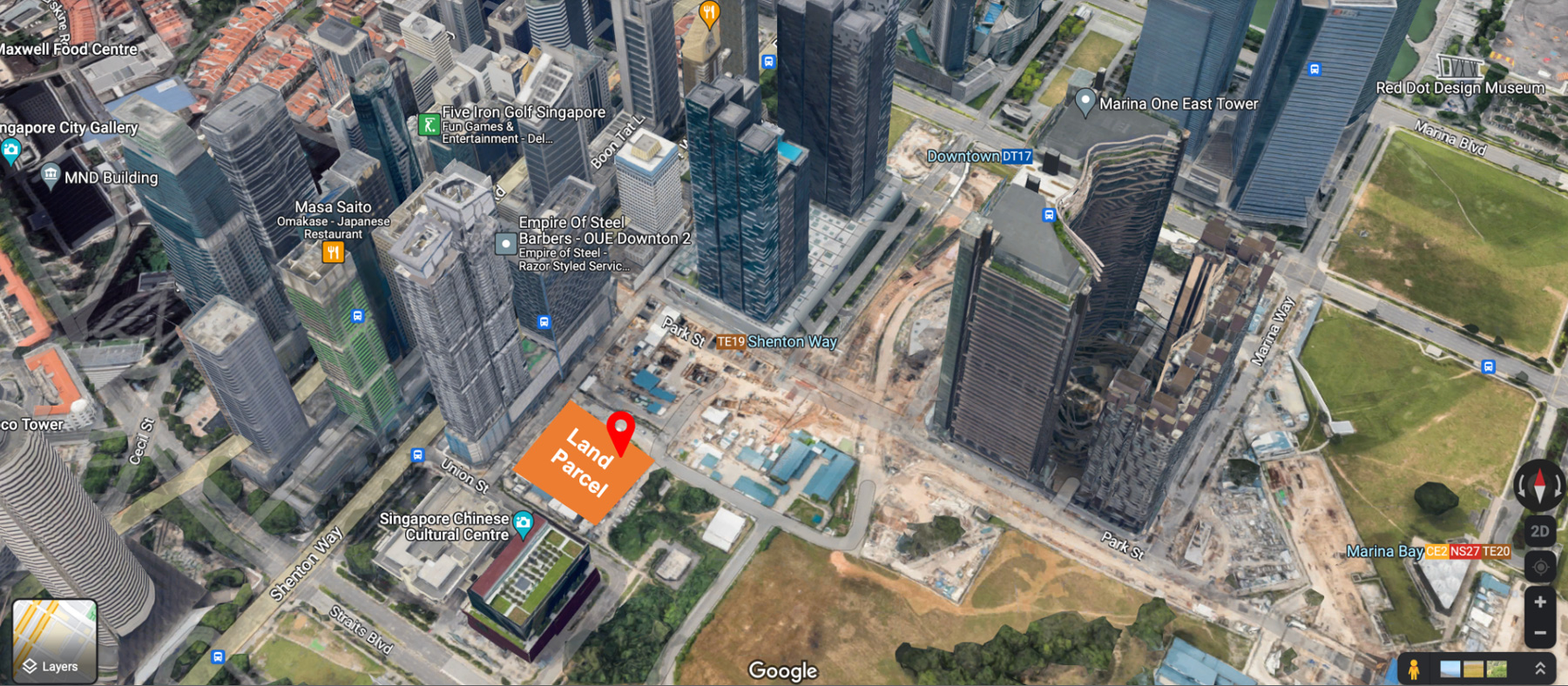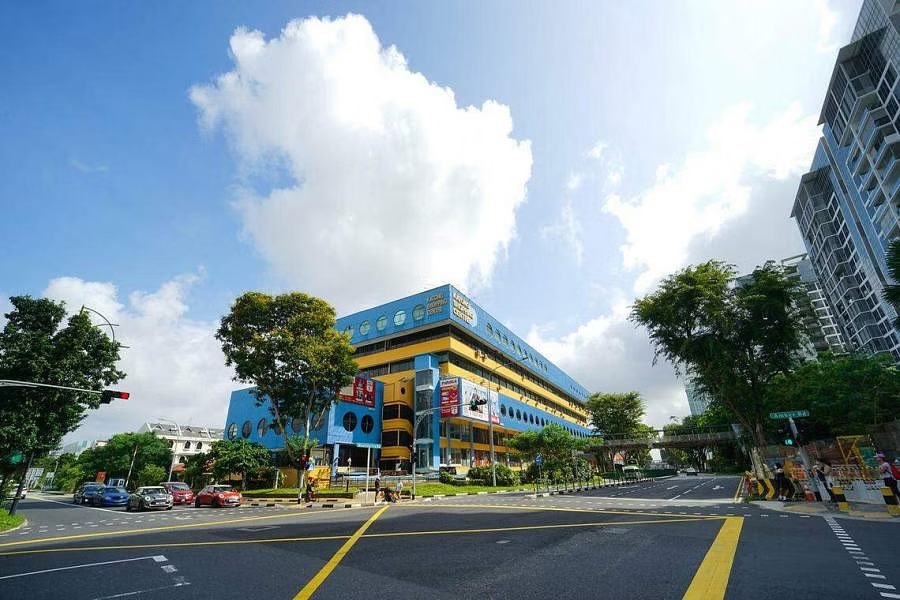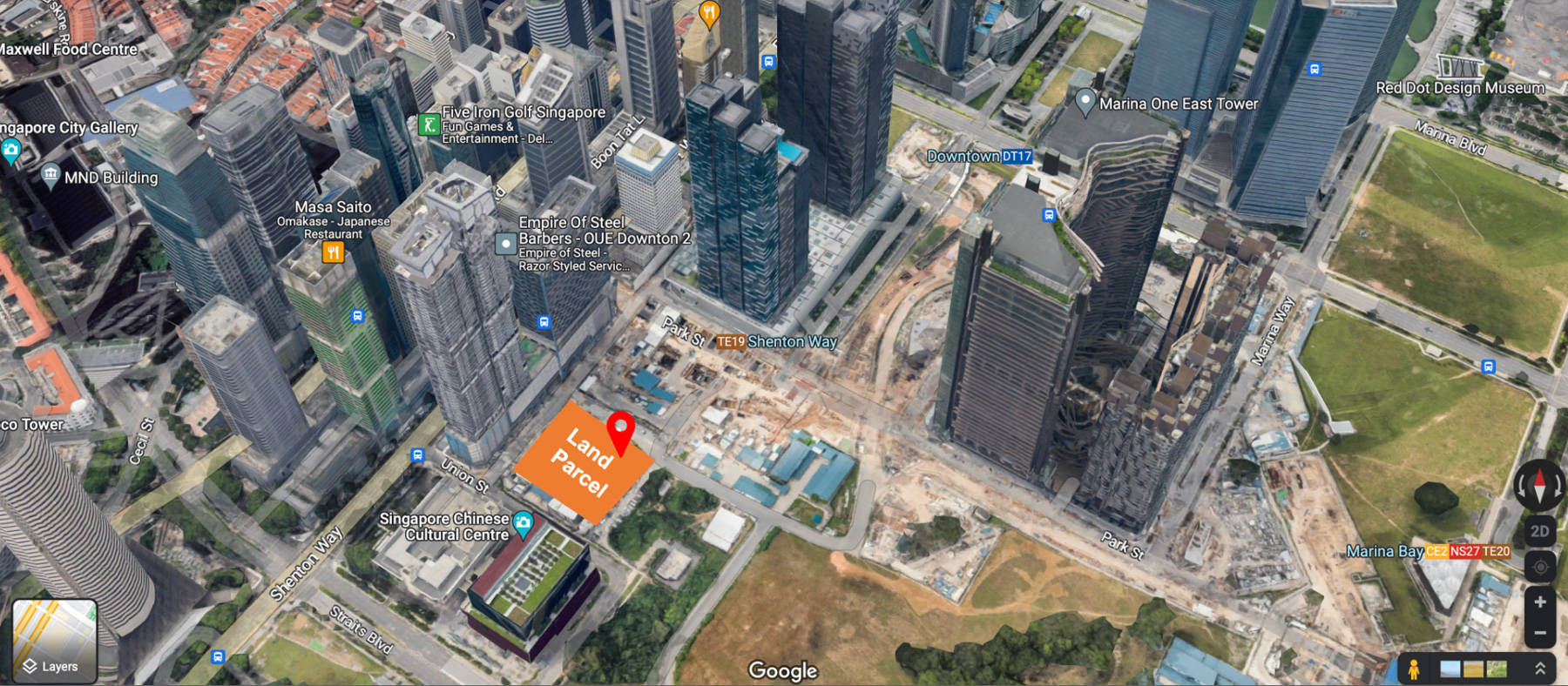Private home prices up 3.8% in Q3, but price growth seen easing amid headwinds, cooling measures.
AFTER rising 3.8 per cent in Q3, private home prices could grow more slowly in Q4 in the face of economic headwinds, the latest round of property cooling measures, and the year-end seasonal lull.
The increase in Q3, the 10th consecutive quarter of increasing prices, accelerated from 3.5 per cent in Q2 and was higher than the 3.4 per cent flash estimate by the Urban Redevelopment Authority (URA) earlier this month.
Lee Sze Teck, senior director (research) at Huttons, expects private home prices to grow by a more moderate 1 to 2 per cent in Q4, although he forecasts full-year price growth to clock at between 9 and 10 per cent. Prices of private homes jumped by 8.2 per cent in the first three quarters of the year.
CBRE’s head of research (South-east Asia), Tricia Song, said: “The new measures could engineer a soft landing, with new private home sales growth and price growth to cool in the next six to 12 months.” In late September, the government rolled out fresh property cooling measures to rein in demand and ensure prudent borrowing. However, Song does not expect a crash, citing healthy household balance sheets, limited unsold inventory and a supportive rental market.
Cushman & Wakefield’s head of research, Wong Xian Yang, also expects price growth to slow, but reckons developers are unlikely to cut prices at new launches. He said: “Unsold inventory remains low, while land acquisition and construction costs stay high. Developers are likely to pace their launch progress and recalibrate their marketing strategies in view of potentially lower demand due to higher interest rates and an economic slowdown.”
He estimates private home prices will grow 8 to 9 per cent this year, and then ease to 3 to 4 per cent next year.
The higher private home prices in Q3 were led by prices of non-landed homes, which grew 4.4 per cent in Q3 after notching a 3.6 per cent gain in the previous quarter.
By region, prices of non-landed homes in the outside central region (OCR) grew by the most – at 7.5 per cent, thanks to major launches AMO Residence, Lentor Modern and Sky Eden@Bedok; these developments recorded brisk sales, even at benchmark prices. The median price of units sold at those projects in Q3 were all above S$2,100 per square foot (psf), as mass-market projects benefited from demand from HDB upgraders.
In comparison, prices of non-landed homes in the OCR rose 2.1 per cent in Q2.
In the core central region (CCR), prices of non-landed homes rose 2.3 per cent in Q3, versus 1.9 per cent in Q2; in the rest of central region (RCR), prices went up 2.8 per cent, slowing from 6.4 per cent in the previous quarter.
Lee noted that the narrowing price gap between the CCR and RCR has resulted in more buyers scooping up homes in the CCR. “As of Q3 2022, the estimated median (price) psf of new homes in the RCR stood at S$2,431, which is 13.5 per cent lower than the median (price) psf in the CCR. Developers sold 562 units in the CCR in Q3, despite launching only 240 units for sale,” he said.
Chief executive of PropNex Realty, Ismail Gafoor, said that foreign buyers are still looking to residential property in Singapore as a means of wealth preservation, amid the muscular Singapore dollar and stubborn inflation. Citing data from URA’s Realis platform, he said that foreign buyers accounted for about 12 per cent of non-landed new home sales in the CCR and RCR in Q3 – up from 9 per cent in Q2 and 6 per cent in Q1.
Meanwhile, prices of landed properties edged up 1.6 per cent in Q3, compared with the 2.9 per cent growth in the previous quarter.
 Email
Email
 Sms
Sms
 Whatsapp
Whatsapp

